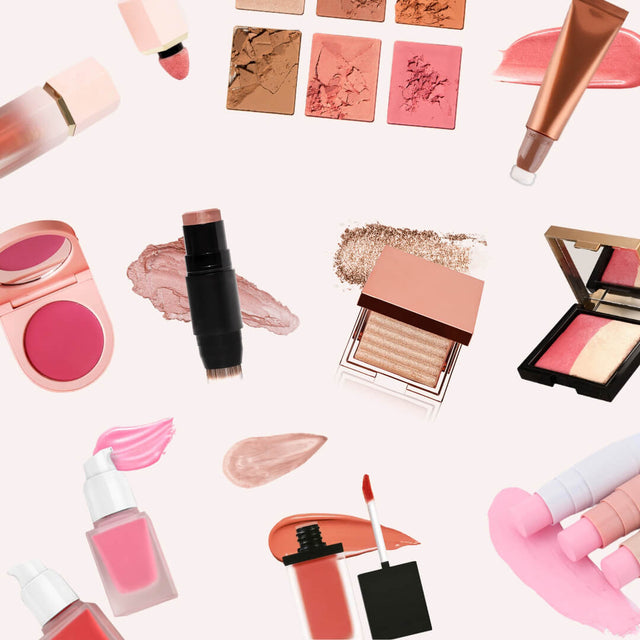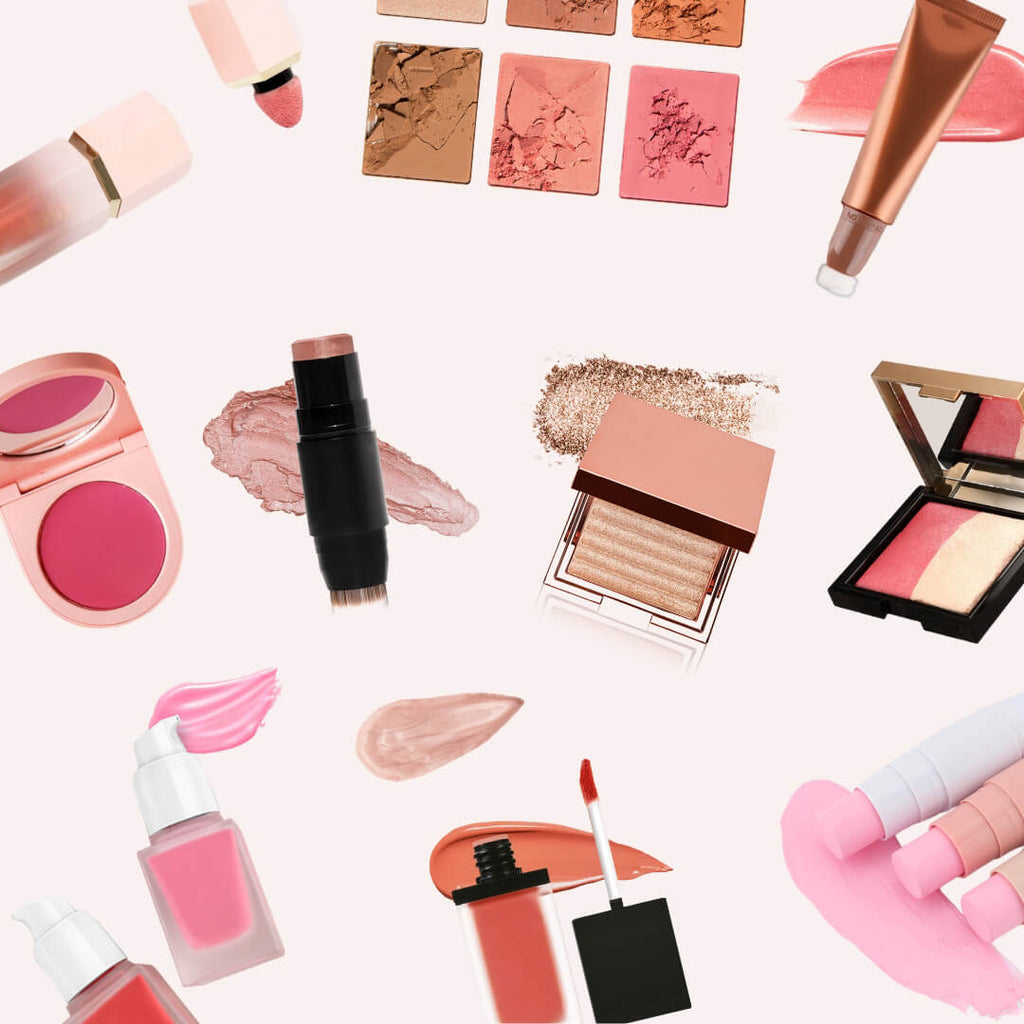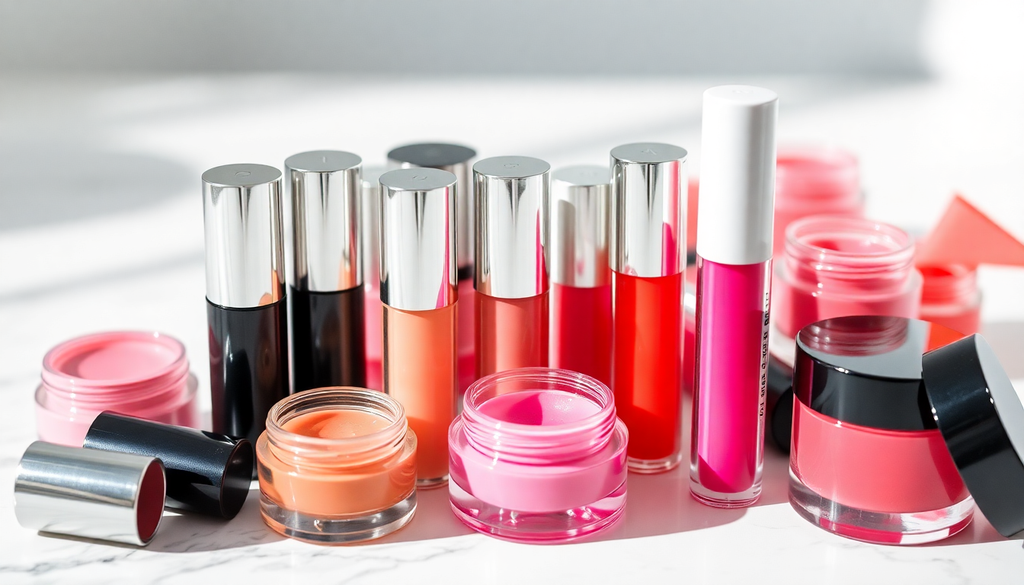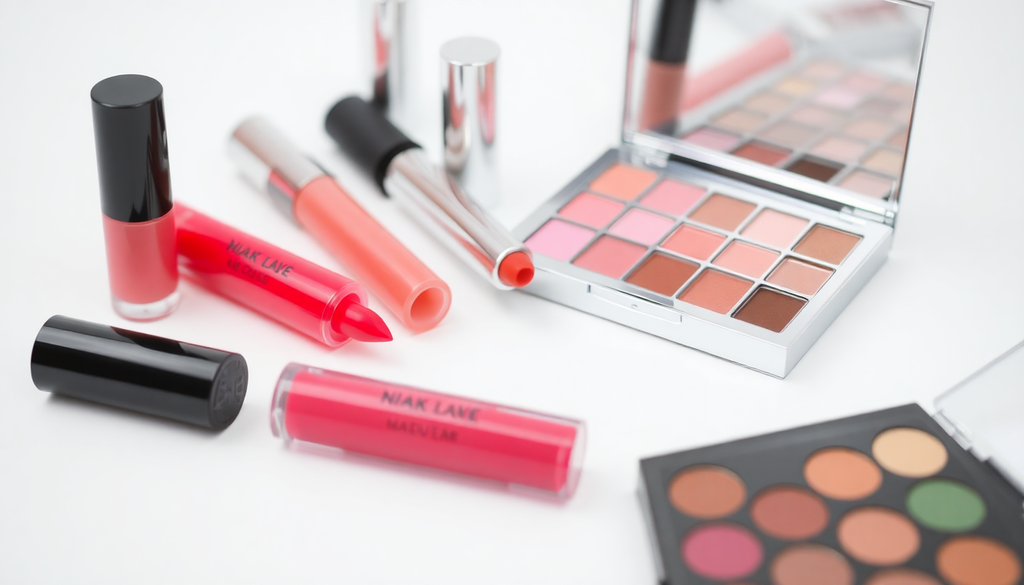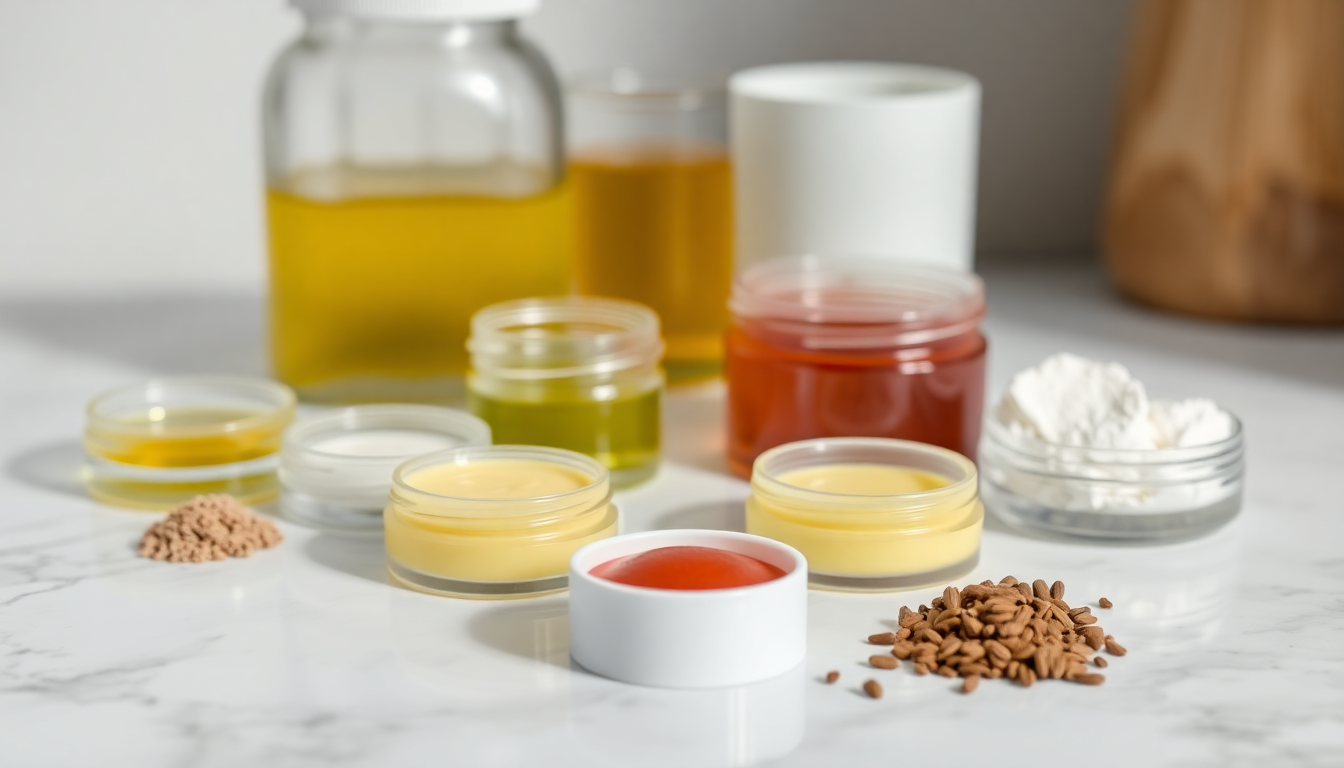
Step-by-Step Guide to Launching a Private Label Vegan Lip Balm in 2025
Why Launching a Private Label Vegan Lip Balm is Your 2025 Brand Power Move (+Trend Data)
As consumers become increasingly conscious of their environmental impact and ethical choices, the demand for vegan, cruelty-free, and sustainable cosmetics soars. In 2024-2025, the vegan lip product market is experiencing rapid growth, with sales increasing by 20% year-over-year (Source: Mintel). Crafting your own private label vegan lip balm allows your brand to tap into a lucrative, expanding niche while offering a product that resonates with modern consumers. Here’s why this is a winning opportunity:
- Market Expansion: The global Vegan Cosmetics Market is projected to reach USD 23 billion by 2025, with lips products leading the way.
- Consumer Loyalty: 65% of millennial and Gen Z consumers prefer vegan and cruelty-free products, indicating brand loyalty potential.
- Product Versatility: Lip balms can be marketed as nourishing, tinted, SPF, or multifunctional products, offering diverse revenue streams.
With the right formulation, packaging, and branding, launching a vegan lip balm can position your startup as a leader in clean beauty—and it requires a manageable investment with high margins. Let’s walk through the comprehensive, actionable steps to bring your vegan lip balm to market in 2025.
Step 1: Master the Formula Foundations - What Beginners MUST Know
Creating a vegan lip balm isn’t as complex as it appears—if you understand the fundamentals. The key is to develop a nourishing, non-sticky, stable, and aesthetically appealing product that meets consumer expectations. Here's what you need to focus on:
Understanding Core Ingredients
-
Plant-Based Waxes: Select vegan waxes like candelilla, carnauba, or sunflower wax. These provide the balm with structure and a smooth application.
- Candelilla wax is popular for its hardness and glossy finish.
- Carnauba wax offers a luxurious feel but is more expensive.
- Sunflower wax is eco-friendly and suitable for sensitive skin.
-
Butters and Oils: Use nourishing plant-derived butters like shea, cocoa, mango, or cupuacu. Combine with good-quality oils such as jojoba, coconut, or argan for smoothness and hydration.
- Butters add richness and emollience.
- Oils improve spreadability and skin absorption.
- Additional Active Ingredients: Consider adding natural antioxidants like vitamin E or plant extracts (green tea, chamomile) for added benefits.
Formulation Tips for Success
- Start simple: Develop a basic formula with 3-4 ingredients, then iterate based on test results.
- Ensure stability: Balance waxes and oils to prevent rancidity or melting issues.
- Test texture and flavor: Ensure the balm is firm enough to hold shape but soft enough for easy application.
- VEGAN CERTIFICATION: Use only vegan-certified ingredients to satisfy consumer concerns and meet certification standards.
Checklist for Formula Development:
- Test different wax-to-oil ratios for desired firmness and spreadability
- Use natural, vegan-approved colorants or opt for a clear, uncolored balm for versatility
- Prioritize allergy-tested, hypoallergenic ingredients
Once you settle on a formula, conduct stability and shelf-life testing to ensure your product remains effective over time—**never skip stability testing!**
Step 2: Packaging That Sells - Budget to Luxury Options
Packaging isn’t just about protecting your product—it’s your first chance to create visual impact, communicate your brand story, and enhance user experience. Here’s how to select packaging based on your budget and target market:
Affordable & Eco-Friendly Options
- Screw-top tins and jars (~$0.50-$0.80/unit): Ideal for small startups launching with a limited budget. Plus, aluminum tins are recyclable and customizable.
- Sugarcane or biodegradable squeeze tubes (~$1.00-$1.50/unit): Eco-conscious choices that improve your brand image and appeal to green consumers.
- Labels & wrapping: Use minimalist designs with recycled paper or eco-friendly adhesives.
Mid-Range & Style-Forward Choices
- Recyclable plastic or aluminum twist-up tubes (~$1.50-$2.00/unit): Convenient and popular for tinted or SPF formulas.
- Glass containers with bamboo or silicone caps (~$2.00+): For a more premium feel.
- Custom labels with embossed or matte finishes for a luxurious aesthetic.
High-End & Luxury Packaging
- Engraved metal or glass containers (~$3.00+): Perfect for boutique brands aiming for exclusivity.
- Unique applicators such as metal rollerballs or dual-ended sticks (~$3.50+): Adds a premium touch.
- Limited-edition packaging with custom artwork or sustainable materials.
Packaging Tips for Success:
- Ensure an airtight seal to preserve product freshness.
- Opt for recyclable or biodegradable materials to enhance your eco-credentials.
- Use minimalist branding and clear labeling to communicate your product's benefits and vegan certification.
- Test packaging durability—drop tests and leak-proof assessments are essential.
Step 3: Color Selection Science - From Pantone to Profit
Color matters—it's the first visual cue your customer notices. Selecting the right shades can greatly influence your product’s appeal. Here’s the strategic approach:
Build a Core Shade Palette
- Choose five versatile shades that align with current trends:
- Neutrals like beige or soft pinks
- Berry or mauve tones for depth
- Seasonal shades like coral or plum
- Clear or lightly tinted for everyday wear
- Selective pops of color for special collections
- Ensure shades complement each other, enabling bundle marketing.
Stay Trendy with Pantone Codes
- 2025 color trends include Pantone 17-5104 "Cosmos Violet" and Pantone 13-0647 "Golden Glow". Use these for seasonal shades to stay current.
- Source mineral pigments aligned with Pantone shades; test for plant-based, vegan certification.
Color Application & Longevity
- Test color fastness—resistance to rub-off, smudging, and fading over time.
- Ensure consistency across formulas and batches.
- Label shades clearly with names or codes to reinforce brand recognition.
Color Strategy Checklist:
- Match shades with your target demographic and seasonality
- Use consistent color schemes in branding and packaging
- Test color stability on different lighting conditions
Step 4: Cost Control Tactics - Manufacturing Insider Tips
Effective cost management maximizes profit margins and ensures your product is competitively priced. Here are insider tips crafted for your vegan lip balm launch:
- Bulk Ingredient Ordering: Partner with suppliers who offer discounts for orders of 500+ units. Prioritize stable, popular ingredients for best prices.
- Negotiate Minimum Order Quantities (MOQs): Discuss flexible MOQs with manufacturers—sometimes starting at 250 units can be feasible for smaller startups.
- Evaluate Manufacturing Locations: Local manufacturers may reduce shipping costs and lead times, but international options could offer lower ingredient costs.
- Integrate Certification & Labeling Costs: Budget for vegan, cruelty-free, and organic certifications, which may add 10-20% to your initial costs but boost credibility and sales.
- Design with Scalability in Mind: Keep your formula simple to streamline manufacturing and reduce per-unit costs at scale.
Cost Control Checklist:
- Request detailed quotes from multiple manufacturers with itemized costs
- Verify lead times and MOQs prior to commitment
- Calculate total landed costs including shipping, taxes, certifications, and labeling
- Plan for potential price fluctuations in natural ingredient markets
Manufacturer’s Corner: How We Make Vegan Lip Balm Development Painless
Partnering with an experienced manufacturer simplifies your journey from idea to shelf. Our team specializes in vegan cosmetics, offering:
- Custom-formulated vegan lip balm options tailored to your branding
- Eco-friendly packaging solutions that align with current sustainability trends
- Assistance with vegan and cruelty-free certifications for global markets
- Transparent minimum order quantities and competitive pricing
- End-to-end support—from formulation and packaging to testing and branding
Our holistic approach ensures your private label vegan lip balm launches smoothly, efficiently, and profitably. Ready to bring your vision to life? Request our vegan lip balm starter kit to start creating your perfect product today!

